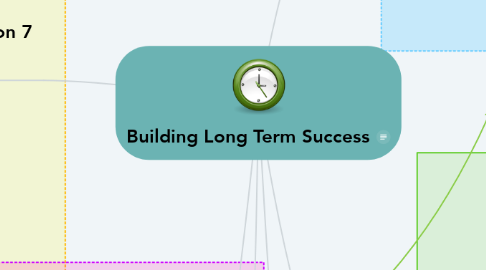
1. Accounting for Value: Session 7 & 8
1.1. Companies aligning with short term profits
1.2. Create Shared Value (Porter & Kramer, 2011)
1.2.1. Move beyond CSR
1.2.2. New dimension of strategy
1.2.3. Gain a competitive advantage
1.2.4. Ecosystem of shared value (Kramer & Pfizer, 2016)
1.2.4.1. Common Agenda
1.2.4.2. Measure results consistently
1.2.4.3. Mutually reinforcing activities
1.2.4.4. Continuous communication
1.2.4.5. Backbone organisations
2. Managing Crisis: Session 12
2.1. Respond to it! Activity 12.4
2.1.1. Don't run away
2.1.2. Be transparent
2.1.3. Focus on stakeholders needs
2.1.4. Digital tech adds pressure
2.1.5. Plans and procedures are needed
3. Not a good indicator to value creation
4. Apply Social Accounting (Crane & Matten, 2016) to measure customer equity
5. Measuring success: Reading 19
5.1. 4 Indiciators of brand equity (Kapferer, 2012)
5.1.1. Brand Recognition
5.1.2. Spntaneous recall
5.1.3. Would they consider buying?
5.1.4. Have they already consumed the brand?
5.2. Customer Equity (Crane & Matten, 2016)
6. Short & Long Term Success: Session 1
6.1. Time Frames & Innovation
6.1.1. New product - creation of want and needs
6.1.1.1. Can lead to short term thinking
6.1.1.2. Hesitancy to make new products when current ones are profitable
6.1.1.3. Creative Destruction!
6.2. Economic Waves: Session 1.3
6.3. Virtuous Cycles: chain of events which creates a pattern of results
6.3.1. Customer Service
6.3.2. Innovation
6.3.3. Urban Design
6.3.4. Quality
6.3.5. Sustainability
6.4. Vicious Cycles: runs in reverse to make a bad situation worse
7. Operational Risk: Session 10
7.1. How resilient is the organisation?
7.1.1. Do the processes increase resilience?
7.1.1.1. What should be measured?
7.2. How to mitigate
7.2.1. Avoid
7.2.2. Reduce
7.2.3. Transfer
7.2.4. Share
7.2.5. Take
7.3. What are the sources?
7.3.1. Supply
7.3.2. Operation
7.3.3. Product
7.3.4. Customer
7.3.5. Environmental
8. Relationship Marketing: Reading 16
8.1. Trust - a precondition of commitment
8.1.1. Empathy
8.1.2. 2 way communication
